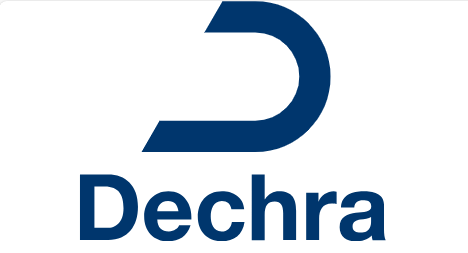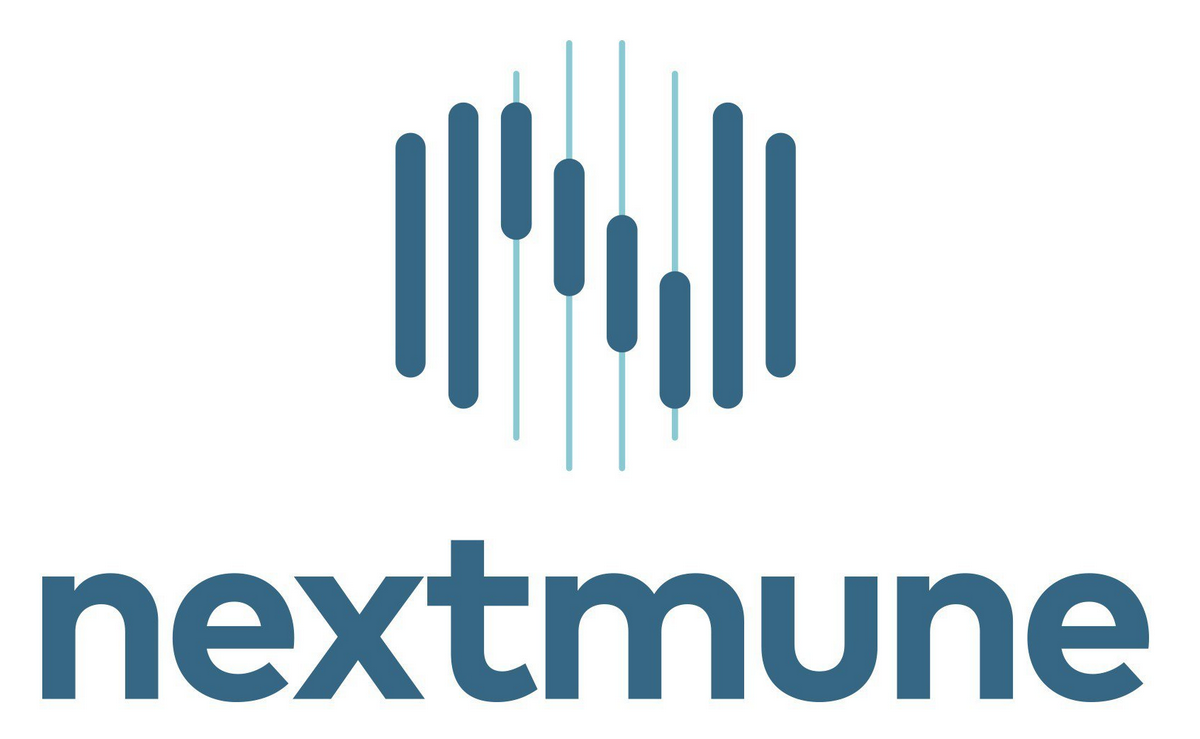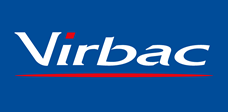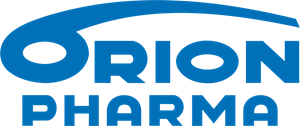Moxodex
Active substance
ATC code
Species
Cattle.
Indications
Infections of cattle with parasites sensitive to moxidectin.
For the treatment of infections caused by:
- Adult and larval gastro-intestinal nematodes:
Haemonchus placei
Ostertagia ostertagi (including inhibited larvae)
Trichostrongylus axei
Nematodirus helvetianus
Cooperia oncophora
Cooperia punctata (adults)
Oesophagostomum radiatum (adults)
Bunostomum phlebotomum (adults)
- Adult respiratory tract nematode
Dictyocaulus viviparous
- Warbles (migrating larvae)Hypoderma bovis
Hypoderma lineatum
- LiceLinognathus vituli
Haematopinus eurysternus
Solenopotes capillatus
Bovicola bovis (Damalinia bovis)
- Mange MitesSarcoptes scabiei
Psoroptes ovis
Chorioptes bovis
- Horn FliesHaematobia irritans
The product has a persistent effect in preventing against reinfection by:
Ostertagia ostertagi for 5 weeks
Dictyocaulus viviparus for 6 weeks.
Dose to be administered and administration route
500 µg moxidectin/kg body weight (1 ml for 10 kg) as a single topical application. To be administered along the midline of the back of the animal from the withers to the tailhead.
Apply to clean healthy skin.
To ensure a correct dosage, body weight should be determined as accurately as possible.
For the treatment of a group of animals of the same or of a similar age, the dosing should be done according to the heaviest animal of this group.
Body weight (kg) | Dose Volume (ml) per animal | Doses per 1L Pack | Doses per 2.5L Pack | Doses per 3L Pack | Doses per 5L Pack | Doses per 6L Pack |
200 | 20 | 50 | 125 | 150 | 250 | 300 |
300 | 30 | 33 | 83 | 100 | 166 | 200 |
400 | 40 | 25 | 62 | 75 | 125 | 150 |
500 | 50 | 20 | 50 | 60 | 100 | 120 |
600 | 60 | 16 | 41 | 50 | 83 | 100 |
Adverse reactions
Reactions at the site of application may occur after application in very rare occasions. Neurological signs (including ataxia, trembling and lethargy) have been reported in very rare cases.
The frequency of adverse reactions is defined using the following convention:
- very common (more than 1 in 10 animals treated displaying adverse reaction(s))
- common (more than 1 but less than 10 animals in 100 animals treated)
- uncommon (more than 1 but less than 10 animals in 1,000 animals treated)
- rare (more than 1 but less than 10 animals in 10,000 animals treated)
- very rare (less than 1 animal in 10,000 animals treated, including isolated reports).
Dispensing
POM-VPS - Prescription Only Medicine – Veterinarian, Pharmacist, SQPReferences
SUMMARY OF PRODUCT CHARACTERISTICS
1. NAME OF THE VETERINARY MEDICINAL PRODUCT
Moxodex 5 mg/ml Pour-on solution for cattle
2. QUALITATIVE AND QUANTITATIVE COMPOSITION
Each ml contains:
Active substance:
|
Moxidectin Excipients: |
5 mg |
|
Butylhydroxyanisole E320 |
0.10 mg |
|
Tert butyl hydroquinone |
0.03 mg |
For the full list of excipients, see section 6.1.
3. PHARMACEUTICAL FORM
Pour-on solution.
A clear colourless to pale yellow solution.
4. CLINICAL PARTICULARS
4.1 Target species
Cattle.
4.2 Indications for use, specifying the target species Infections of cattle with parasites sensitive to moxidectin.
For the treatment of infections caused by:
- Adult and larval gastro-intestinal nematodes:
Haemonchus placei
Ostertagia ostertagi (including inhibited larvae)
Trichostrongylus axei
Nematodirus helvetianus
Cooperia oncophora
Cooperia punctata (adults)
Oesophagostomum radiatum (adults)
Bunostomum phlebotomum (adults)
- Adult respiratory tract nematode
Dictyocaulus viviparous
- Warbles (migrating larvae)
Hypoderma bovis
Hypoderma lineatum
- Lice
Linognathus vituli
Haematopinus eurysternus
Solenopotes capillatus
Bovicola bovis (Damalinia bovis)
- Mange Mites
Sarcoptes scabiei
Psoroptes ovis
Chorioptes bovis
- Horn Flies
Haematobia irritans
The product has a persistent effect in preventing against reinfection by:
Ostertagia ostertagi for 5 weeks
Dictyocaulus viviparus for 6 weeks.
4.3 Contraindications
Do not use in cases of hypersensitivity to the active substance or to any of the excipients. Not to be used in other species as severe adverse reactions, including fatalities in dogs, may occur.
4.4 Special warnings for each target species
Care should be taken to avoid the following practices because they increase the risk of development of resistance and could ultimately result in ineffective therapy:
- Too frequent and repeated use of anthelmintics from the same class, over an extended period of time.
- Underdosing, which may be due to underestimation of bodyweight, misadministration of the product, or lack of calibration of the dosing device (if any).
Suspected clinical cases of resistance to anthelmintics should be further investigated using appropriate tests (e.g. Faecal Egg Count Reduction Test). Where the results of the test(s) strongly suggest resistance to a particular anthelmintic, an anthelmintic belonging to another pharmacological class and having a different mode of action should be used. Selection of resistant genes leading to the development of resistance can ultimately result in ineffective anthelmintic therapy.
Partial cross-resistance between ivermectin and moxidectin has been reported in nematode parasites. Cases of resistance to moxidectin have been reported in gastrointestinal nematode parasites of cattle. Therefore, use of this product should be based on local (regional, farm) epidemiological information about susceptibility of parasites, local history of treatments and recommendations on how to limit further selection for resistance to anthelmintics.
4.5 Special precautions for use
Special precautions for use in animals For topical application only.
Avermectins may not be well tolerated in all non-target species. Cases of intolerance with fatal outcome are reported in dogs, especially Collies, Old English Sheepdogs and related breeds or crosses, and also in turtles/tortoises.
Care should be taken to avoid ingestion of spilled product or access to containers by these other species.
To avoid secondary reactions due to the death of Hypoderma larvae in the oesophagus or the spine, it is recommended to administer the product at the end of the period of fly activity and before the larvae reach their resting sites: consult the veterinarian to know the correct treatment period. Disease associated with warble fly is notifiable in some regions.
Special precautions to be taken by the person administering the veterinary medicinal product to animals
This product can cause skin and eye irritation. Avoid direct contact with skin and eyes. Do not smoke, eat or drink when handling this product.
Wear impermeable rubber gloves and protective clothes during use.
Wash hands or any exposed area after use.
In the event of eye contact, flush the eye with copious amounts of clean water and seek medical advice
Other precautions regarding impact on the environment
Moxidectin fulfils the criteria for a (very) persistent, bioaccumulative and toxic (PBT) substance; therefore, exposure of the environment to moxidectin must be limited to the extent possible. Treatments should be administered only when necessary and should be based on faecal egg counts or evaluation of the risk of infestation at the animal and/or herd level. Like other macrocyclic lactones, moxidectin has the potential to adversely affect non-target organisms:
• Faeces containing moxidectin excreted onto pasture by treated animals may temporarily reduce the abundance of dung feeding organisms. Following treatment of cattle with the product, levels of moxidectin that are potentially toxic to dung fly species may be excreted over a period more than 2 weeks and may decrease dung fly abundance during that period. It has been established in laboratory tests that moxidectin may temporarily affect dung beetle reproduction; however, field studies indicate no-long term effects. Nevertheless, in case of repeated treatments with moxidectin (as with products of the same anthelmintic class) it is advisable not to treat animals every time on the same pasture to allow dung fauna populations to recover.
• Moxidectin is inherently toxic to aquatic organisms including fish. The product should be used only according to the label instructions. Based on the excretion profile of moxidectin when administered as the pour-on formulation, treated animals should not have access to watercourses during the first week after treatment.
4.6 Adverse reactions (frequency and seriousness)
Reactions at the site of application may occur after application in very rare occasions. Neurological signs (including ataxia, trembling and lethargy) have been reported in very rare cases.
The frequency of adverse reactions is defined using the following convention:
- very common (more than 1 in 10 animals treated displaying adverse reaction(s))
- common (more than 1 but less than 10 animals in 100 animals treated)
- uncommon (more than 1 but less than 10 animals in 1,000 animals treated)
- rare (more than 1 but less than 10 animals in 10,000 animals treated)
- very rare (less than 1 animal in 10,000 animals treated, including isolated reports).
4.7 Use during pregnancy, lactation or lay
Moxidectin has been shown to be safe for use in pregnant and lactating animals and breeding bulls.
4.8 Interaction with other medicinal products and other forms of interaction None known.
4.9 Amounts to be administered and administration route
500 µg moxidectin/kg body weight (1 ml for 10 kg) as a single topical application. To be administered along the midline of the back of the animal from the withers to the tailhead.
Apply to clean healthy skin.
To ensure a correct dosage, body weight should be determined as accurately as possible.
For the treatment of a group of animals of the same or of a similar age, the dosing should be done according to the heaviest animal of this group.
|
Body weight (kg) |
Dose Volume (ml) per animal |
Doses per 1L Pack |
Doses per 2.5L Pack |
Doses per 3L Pack |
Doses per 5L Pack |
Doses per 6L Pack |
|
200 |
20 |
50 |
125 |
150 |
250 |
300 |
|
300 |
30 |
33 |
83 |
100 |
166 |
200 |
|
400 |
40 |
25 |
62 |
75 |
125 |
150 |
|
500 |
50 |
20 |
50 |
60 |
100 |
120 |
|
600 |
60 |
16 |
41 |
50 |
83 |
100 |
4.10 Overdose (symptoms, emergency procedures, antidotes), if necessary No symptoms of overdose have been observed with the product given at ten times the recommended dose. They are manifested as transient salivation, depression, drowsiness and ataxia. There is no specific antidote.
4.11 Withdrawal period Meat and offal: 14 days.
Milk: 6 days (144 hours).
5. PHARMACOLOGICAL PROPERTIES
ATC Vet Code: QP54AB02
Therapeutic group: endectocide (milbemycin family)
5.1 Pharmacodynamic properties
Moxidectin is a parasiticide active against a wide range of important internal and external parasites. It is a second generation macrocyclic lactone of the milbemycin family. Its principal mode of action is interference with the GABA (gamma amino butyric acid) receptors involved with neuromuscular transmission.
Moxidectin stimulates the release of GABA and increases its binding to the postsynaptic receptors. The net effect is to open the chloride channels on the postsynaptic junction to allow the inflow of chloride ions and induce an irreversible resting state. This results in flaccid paralysis and eventual death of parasites exposed to the drug.
5.2 Pharmacokinetic particulars
Following pour-on application, the drug is distributed throughout the body tissues (except muscle) but due to its lipophilicity the concentrations in fat are 5-15 times those in other tissues.
Moxidectin undergoes partial biotransformation by hydroxylation in the body and the only significant route of excretion is the faeces, where the parent compound accounts for approximately 50%.
5.3 Environmental properties
Moxidectin fulfils the criteria for a (very) persistent, bioaccumulative and toxic (PBT) substance. In particular, in acute and chronic toxicity studies with algae, crustaceans and fish, moxidectin showed toxicity to these organisms, yielding the following endpoints:
|
Organism |
EC50 |
NOEC |
|
|
Algae |
S. capricornutum |
>86.9 µg/l |
86.9 µg/l |
|
|
Daphnia magna |
|
|
|
Crustaceans (Water fleas) |
(acute) |
0.0302 µg/l |
0.011 µg/l |
|
Daphnia magna (reproduction) |
0.0031 µ/l |
0.010 µg/l |
|
|
Fish |
O. mykiss |
0.160 µg/l |
Not determined |
|
L. macrochirus |
0.620 µg/l |
0.52 µg/l |
|
|
P. promelas (early life stages) |
Not applicable |
0.0032 µg/l |
|
|
Cyprinus carpio |
0.11 µg/l |
Not determined |
|
EC50: the concentration which results in 50% of the test species individuals being adversely affected, i.e. both mortality and sub-lethal effects.
NOEC: the concentration in the study at which no effects are observed.
This implies that when allowing moxidectin to enter water bodies, this may have a severe and lasting impact on aquatic life. To mitigate this risk, all precautions for use and disposal must be adhered to.
6. PHARMACEUTICAL PARTICULARS
6.1 List of excipients
Aromatic Solvent
Myristal Propoxylate Propionic Ester
Polybutene Polymer
Medium Chain Triglycerides
2-Tert-Buthylhydroquinone
Butylhydroxyanisole (E320)
6.2 Major incompatibilities
In the absence of compatibility studies, this veterinary medicinal product must not be mixed with other veterinary medicinal products.
6.3 Shelf life
Shelf life of the veterinary medicinal product as packaged for sale: 2 years.
Shelf life after first opening the immediate packaging: 6 months.
6.4 Special precautions for storage Do not store above 25°C. Protect from frost Shake vigorously before use.
Keep the container in the outer carton in order to protect from light.
Store the container in an upright position
6.5 Nature and composition of immediate packaging
Fluorinated HDPE white containers with polypropylene tamper evident seals and screw fit caps placed in a carton
1 litre ‘squeeze-measure-pour’ container
2.5 litres, 3 litres or 5 litres white flexi flat-bottomed backpacks
Cartons containing 2 x 3 litres or 1 litre + 5 litres.
Not all pack sizes may be marketed.
6.6 Special precautions for the disposal of unused veterinary medicinal product or waste materials derived from the use of such products
Any unused veterinary medicinal product or waste material derived from such veterinary medicinal products should be disposed of in accordance with local requirements. Do not contaminate watercourses with the product.
7. MARKETING AUTHORISATION HOLDER
EU Pharmaceuticals Ltd
37 Geraldine Road
London
SW18 2NR
8. MARKETING AUTHORISATION NUMBER
Vm 39787/4101
9. DATE OF FIRST AUTHORISATION
24 June 2020
10. DATE OF REVISION OF THE TEXT
April 2023
Approved 14 April 2023
![]()
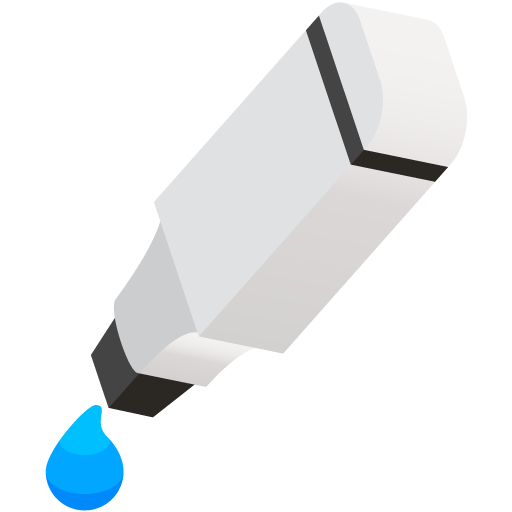
| Art. Nr. | 39787/4101 |
|---|
 TRUSTED SOURCE
TRUSTED SOURCE
